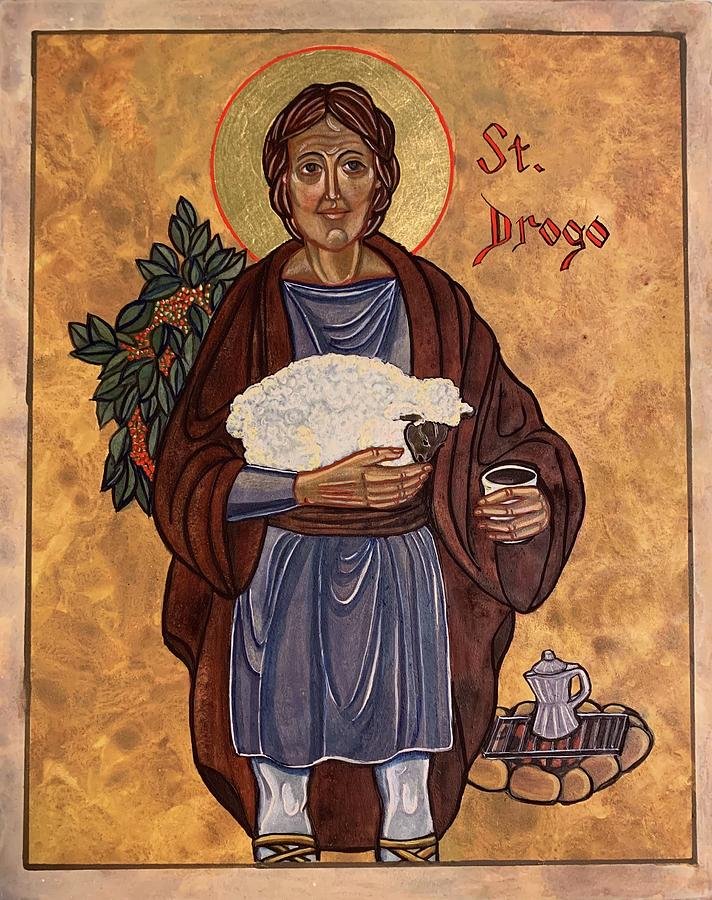February 1 – St. Brigid of Ireland
St. Brigid was born around the year 450, to a father who was a pagan chieftain and a Christian mother who was a slave. She too was born into slavery but gave even the little that she had to the poor. Traditions suggest that St. Brigid and her mother were forced by slavery to work the dairy farm. St. Brigid would gather what she could from the farm and distribute it to the poor. This enraged her father, who eventually set her free. In her newfound freedom, she entered the convent of St. Macaille. At the time there was no organized monastic life for women in Ireland. This inspired St. Brigid to establish many convents throughout Ireland. She is the first woman to establish organized religious communities for women in Ireland. As part of these religious community’s daily labor was required, often including dairy farming, with the milk and dairy products given to the poor. Her generosity, charity, and working in dairy farms led to her being named the patron saint of dairy farmers and cheesemakers! In honor of St. Brigid and to celebrate her feast day, what better way than with some down-home macaroni and cheese, following St. Brigid’s generosity with dairy products!
Macaroni and Cheese-Ingredients
1lb Macaroni
1 tablespoon canola oil
4 cloves of garlic, minced
4 tbsp unsalted butter (Irish if you have it!)
4 tbsp all-purpose flower
4 ½ cups whole milk
3 ½ cups shredded sharp cheddar
1 ½ cups smoked gouda
1 tsp salt
1 tsp black pepper
1 ½ tbsp Dijon mustard
2 tsp paprika
1 cup freshly grated Parmesan cheese
Directions















